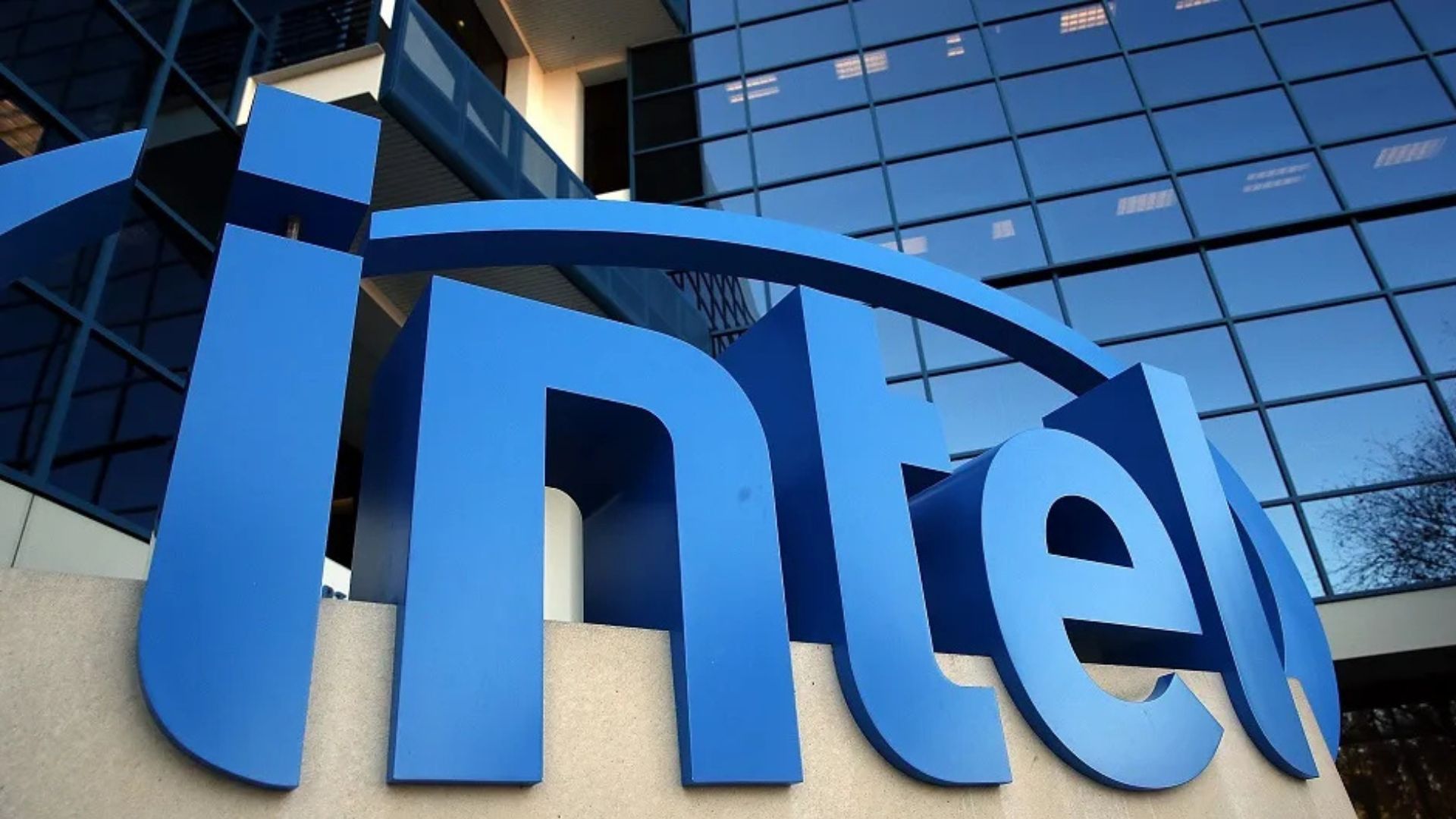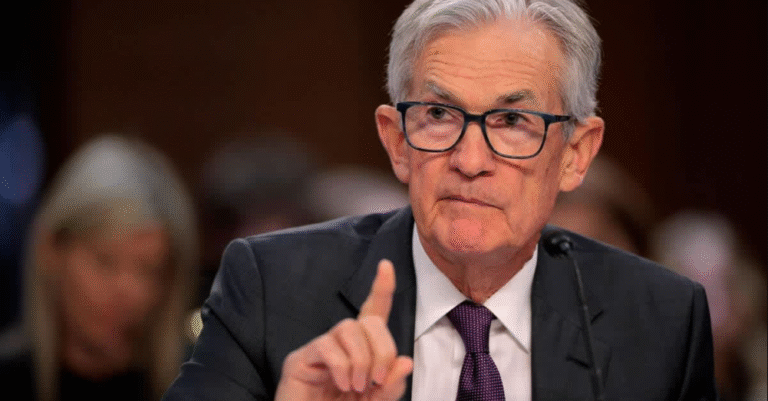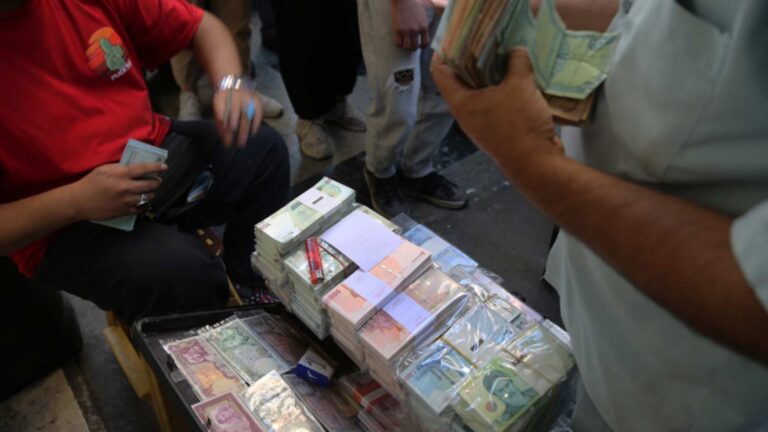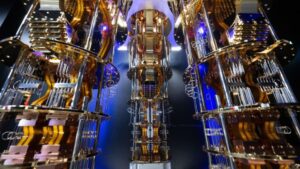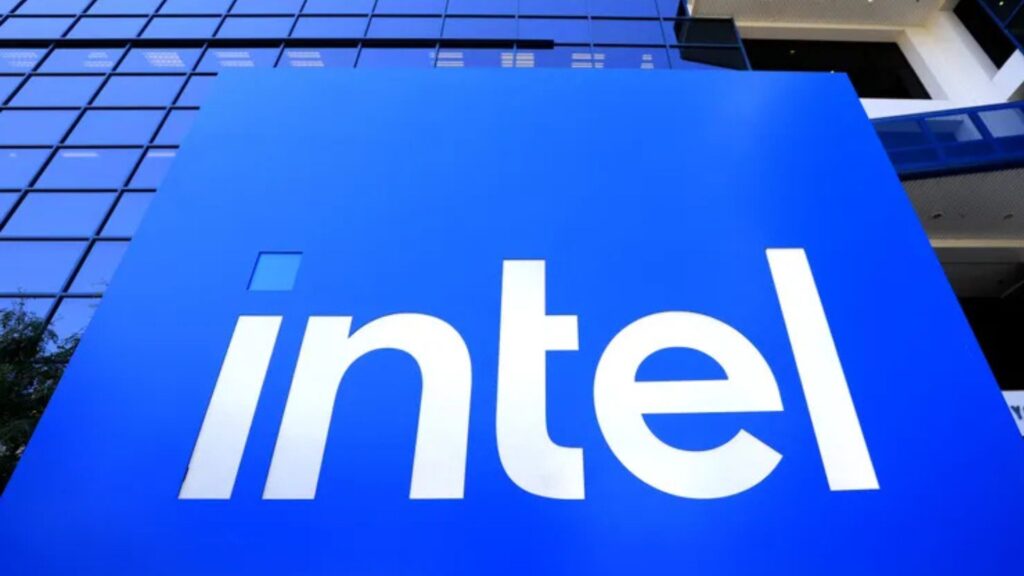
Intel shares extended their remarkable rally Friday, closing up 3% and capping a dramatic week fueled by speculation that Apple may follow Nvidia’s lead with a major investment in the struggling chipmaker. The surge transforms Intel from one of the market’s worst performers into its most closely watched comeback story, with shares climbing 37% over the past week and 69% year-to-date.
Apple Investment Talks Drive Latest Rally
Reports emerged Wednesday that Intel has approached Apple about a potential investment, sending shares soaring nearly 9% Thursday. The discussions, described as “early stage” by sources familiar with the matter, represent CEO Lip-Bu Tan’s aggressive strategy to secure external backing following successful partnerships with Nvidia and SoftBank.
Bloomberg first reported the talks, noting that Apple and Intel “have discussed fostering a closer relationship”—a significant shift for Apple, which abandoned Intel processors in 2020 in favor of its own custom silicon manufactured by Taiwan Semiconductor. Apple CEO Tim Cook previously expressed support for Intel’s turnaround efforts, telling CNBC that competition would benefit the chip foundry sector: “We’d love to see Intel come back”.
The potential partnership talks are part of Intel’s broader strategy to attract investments from major technology companies. Recent weeks have seen the chipmaker secure a $5 billion investment from Nvidia, a $2 billion commitment from SoftBank, and $8.9 billion in U.S. government backing. These deals collectively represent over $15 billion in external support as Intel seeks to revitalize its struggling foundry operations.
Wall Street analysts note that options traders have rushed into bullish bets on Intel, with volatility in three-month options spiking to levels not seen since April. The premium of call options over puts climbed to its widest level since records began in 2013, reflecting heightened speculation around Intel’s near-term trajectory.
Fundamental Challenges Persist Despite Rally
Despite the enthusiasm, Wall Street analysts remain cautious about Intel’s underlying business fundamentals. The Nvidia deal notably excludes foundry manufacturing services, leaving Intel’s struggling contract chipmaking business without the major customer it desperately needs. Intel disclosed in its latest SEC filing that it has been “unsuccessful to date” in attracting significant external foundry clients and warned it may abandon future chip development without customer commitments.
“We have been unsuccessful to date in attracting significant customers to our external foundry business,” Intel stated in its SEC filing, highlighting a four-year struggle to monetize its foundry services despite billions in investment. The company’s 18A manufacturing process continues to produce poor performance and high defect rates, according to Reuters reports, while the prospects for attracting external clients to its upcoming 14A process remain “uncertain”.
Analysts from Bernstein acknowledged the challenge of betting against Intel’s momentum, noting “We believe Intel remains fundamentally challenged, yet we have been hesitant to short the stock.” They added that “‘Trump wants the stock to rise’ could be a legitimate bullish argument at this time,” referencing the political backing behind Intel’s revival efforts.
With consensus price targets averaging around $26—roughly 28% below current trading levels—many analysts view the recent rally as momentum-driven rather than fundamentally justified. Seaport Research Partners, which upgraded Intel from bearish to neutral this week, cautioned that while positive sentiment may persist short-term, “the stock will likely be influenced by subsequent investments” rather than operational improvements.
Intel’s foundry business must break even by 2027 according to company projections, a goal that requires significantly increasing external customer revenue beyond current limited levels. Without substantial progress in attracting major foundry clients, Intel risks falling behind competitors like TSMC and Samsung in the global semiconductor manufacturing landscape.




